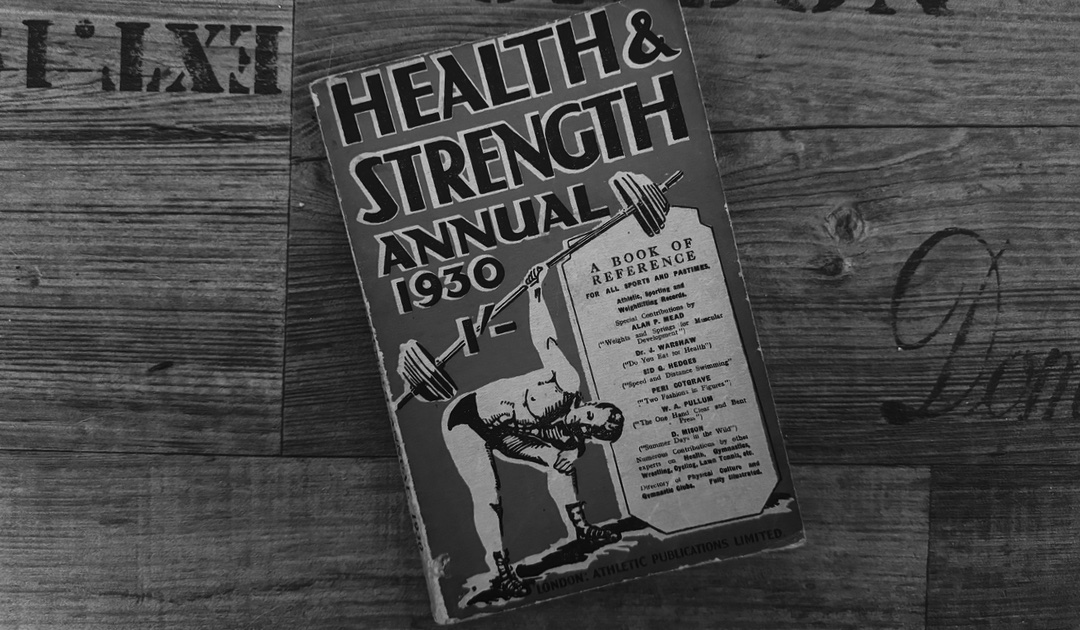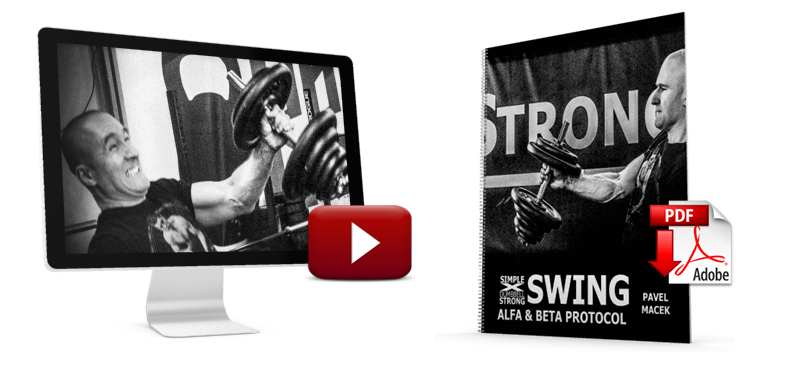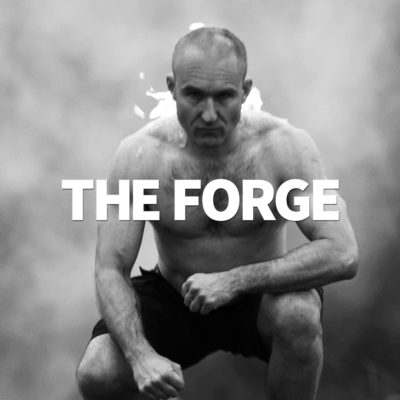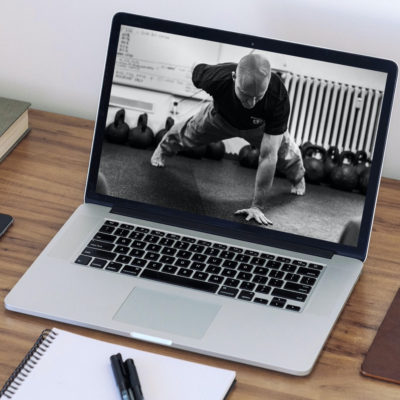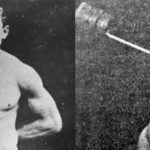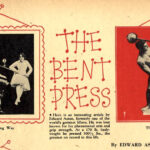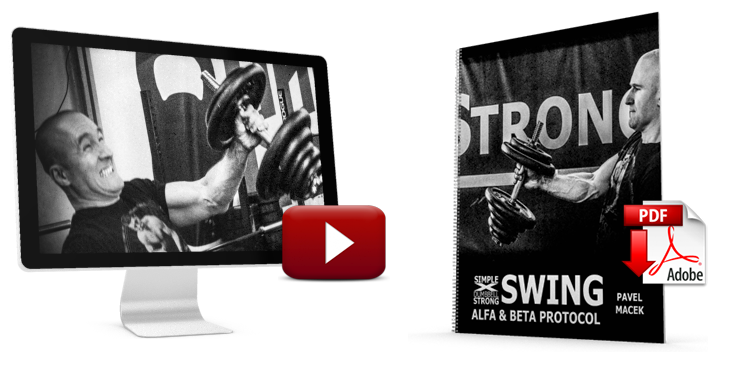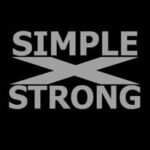The very first thing that the beginner should accept as a fact in connection with the “Bent Press” is that everyone can do it, if only the job is tackled in the right way. I mention this because I know that quite a number of people-otherwise good lifters among them-believe that it is a feat which can only be successfully accomplished by certain individuals who have been singularly blessed by Nature! The idea, though so common, is quite wrong! There is nothing to stop any man who has the full use of his four limbs learning this lift and eventually becoming good on it. That is, providing that he does not, at the commencement, attempt to rush matters.
WONDERFUL “B.P.” PERFORMERS
The possibilities of this lift are enormous, as certain performers have already shown. In the heavy-weight class the late Arthur Saxon has lifted 370 lbs. – and unofficially has been credited with even more! In our own country Thomas Inch has lifted 304 lbs., and might well have reached 336 lbs. had the war not put a stop to his activities at a time when he was at the top of his form. Carquest at 9 st. 7 lbs., lifted 222 lbs., and at 8 st. 10 lbs., I myself have lifted 216 lbs-the world’s official 9 st. record. Devis also, at 9 st., has lifted 200 lbs., to my knowledge on more than one occasion. My younger brother Stanley was also a wonderful performer on this lift. At 8 st.-and at a little under 17 years of age – I have seen him press 200 lbs. to arm’s length many a time, and so have dozens of other people, B.A.W.L.A. officials of that time included. But he was then not sufficiently strong to rise erect with the weight. These lifts, although outstanding, should not be regarded as the utmost limit of achievement, for my knowledge of the game tells me they are most decidedly not! At the present time I have a pupil who can do between 220 lbs. and 230 lbs., and he is not a lot over 9 st. At a shade under 9 st. I have seen him lift 202 lbs. with the left hand, which is 10 lbs. in advance of my own official world’s left hand record. Unfortunately, no B.A.W.L.A. official was there to check and register the performance, but Mr. Mead was present, and can vouch for what I say. Myself, I should at any time be quite prepared to relinquish all claim to my own record of 192 lbs.,
with the left hand, in favour of this unofficial performance, if only the B.A.W.L.A. would consider the matter in case this very fine lifter cannot again do 9 st.! I have two other reliable witnesses-both B.A.W.L.A. title holders-in addition to Mr. Alan P. Mead.
STYLE EMPLOYED BY WORLD CHAMPIONS
This particular lift was accomplished in the style I am going to describe, and for which Mr. Devis has kindly posed. This is, broadly speaking, the style which Arthur Saxon favoured, and it was also employed both by Inch and myself. These facts should be sufficient to convince the new man that he is getting the right kind of information.
Mr. Devis’s demonstration will continue from the position shown in Fig. 1. Had you been at the studio with us, the following is what you would have seen him do in order to reach the positions shown in Figs. 2 and 3.
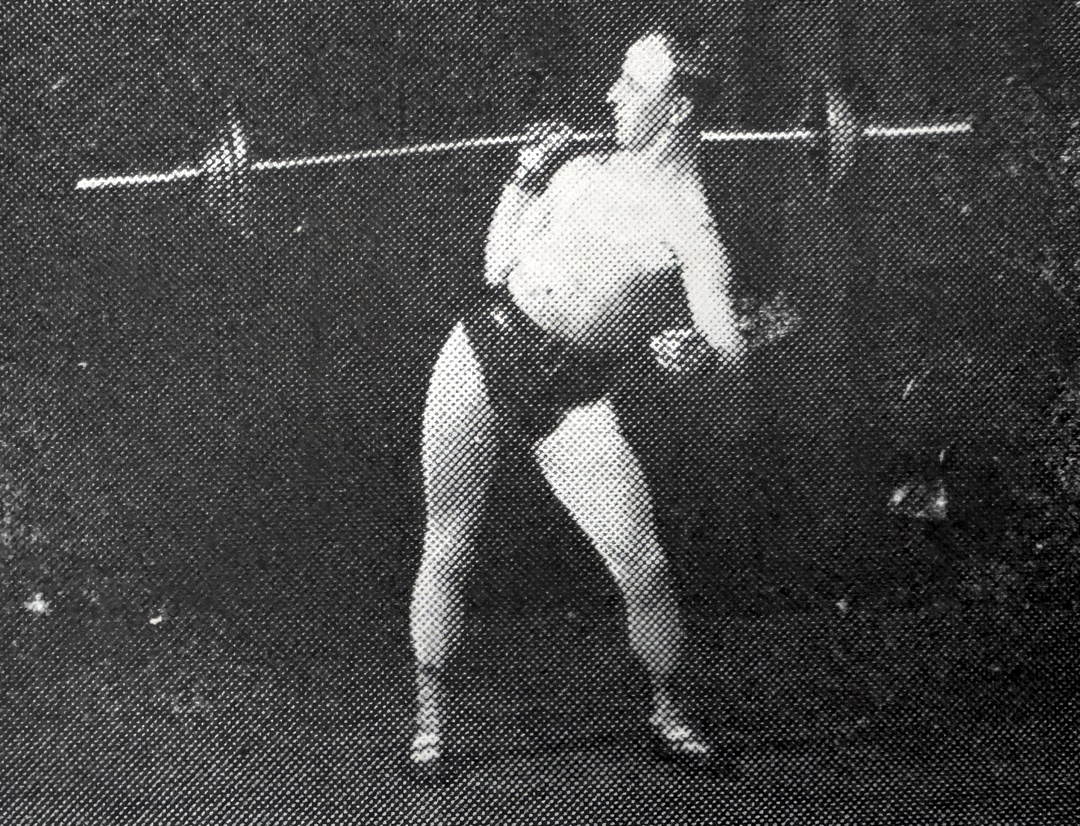
Fig. 2
CORRECT MOVEMENT OF THE FEET
The first move that Mr. Devis made after pausing just long enough in Fig. 1 position [note: not posted] to ensure a clear picture being taken, was to draw in his left foot a little nearer to his right than the photograph shows. He was able to move the left foot quite easily, as all the weight was really being carried directly over the right foot, owing to the elbow resting on that side of the hip. And the reason he drew in the left foot was because the time was rapidly approaching when he knew he would have to move the right one; and if he moved that foot to the side a little more without having first drawn in the other one, then his “stride” would have been too wide for success to be certain in the coming lift from the shoulder.
Having placed his left foot as stated. Mr. Devis then started to swing the bell round into the commencing position for the “Bent Press.” To do this without wasting the least bit of strength, he first turned his body from the hips towards the forward end of the bell, just as if he were trying to push the bar round with his left shoulder. The result of this turn of the body was to start the bell swinging round of its own accord to the side where he wanted it to go. Then, just as the elbow was about to slip over the hip to the back, he heaved the bell clear of the body by a jerking movement of the right leg, placing the right foot immediately to the side, in a straight line with the left, stopping the swing of the bar by a tightening of the hand-grip and shoulder combined. As the bar stopped, Mr. Devis steadied himself, and the Fig. 2 photograph that you see before you now was taken.
Before going any further, I should like new readers to note carefully certain aspects of position which this photograph clearly shows. Unless this is done, and dwelt upon suitably, the next part of the lift may prove extremely difficult, if not altogether impossible, of accomplishment.
MAKING THE BODY-BEND EASY
At the start, note the upright line and firmly-braced knee of the right leg, this line and bracing being essential, as it is, at this stage, carrying most of the weight. Then note the bent knee of the opposite leg and the direction in which the foot of that leg is pointing. This is to the left, and the reason therefor is because the body is shortly going to be inclined well over to that side. Placing the left foot in this way enables the knee to bend in the same direction as the pelvis (hip bones) is forced to the right hand side. When this is done properly, then the bending movement becomes a simple matter. When it proves difficult, then the fault lies with the hip and feet positions. This is invariably so, no matter what may be the physique of the lifter. He may be short and thick on the other hand, he may be tall and slim. Either, it matters not. The principle of getting away never alters!
HOW FIG. 3 POSITION WAS REACHED
Having been given the signal to begin, Mr. Devis proceeded to “Bent Press” the barbell, and he did not halt until he was instructed to stop where you see him in Fig. 3. He was stopped here so that you could see just at what stage the right knee begins to bend. Mr. Devis has got over to the left side far enough to tell him that he must now get right under the weight in order to lock the arm at the shoulder-joint. To do this, he has to bend the right knee to a fair extent and push very hard against the resistance offered by the bell. He is in the correct position to do this successfully, as the left leg is now carrying all the weight and he is obtaining assistance in the arm-pushing effort which he is making by the support given by the hand and wrist of the left arm. It is a strong and perfectly balanced position which is shown, the resistance taking a vertical line drawn from the right hand, down across the chest to the heel of the left foot. This is the position to aim at.

Fig. 3
GAINING THE ERECT POSITION
After he locked the elbow and the shoulder firmly, Mr. Devis rose to the erect position demanded by the B.A.W.L.A. by pressing hard on the left knee with the supporting hand, bringing the right foot into the left carefully, so as not to disturb the balance of the weight. Had he moved the left foot, the bell would in all probability have passed out of control. It is always the foot corresponding to the arm with which the lift has been made which is moved in the taking up finally of the “heels together” position. As I have said before, Mr. Devis has lifted 200 lbs. in the “Bent Press” on several occasions, weighing no more than 9 st. But that is not the greatest poundage by any means which he has handled in this style. In company with myself years ago, he has taken 250 lbs. to the shoulder and got down quite as far as you see him in Fig. 3. But in the instances of which I am now thinking, the elbow never left the body. And the same result attended all the efforts which I made myself with the same poundage.
- W. A. Pullum, The One Hand Clean and Bent Press, Health & Strength Annual, 1930
If you are interested in a Hard Style dumbbell lifting program, please check out our Dumbbell Swing Tutorial [Free Video & .pdf Manual]
